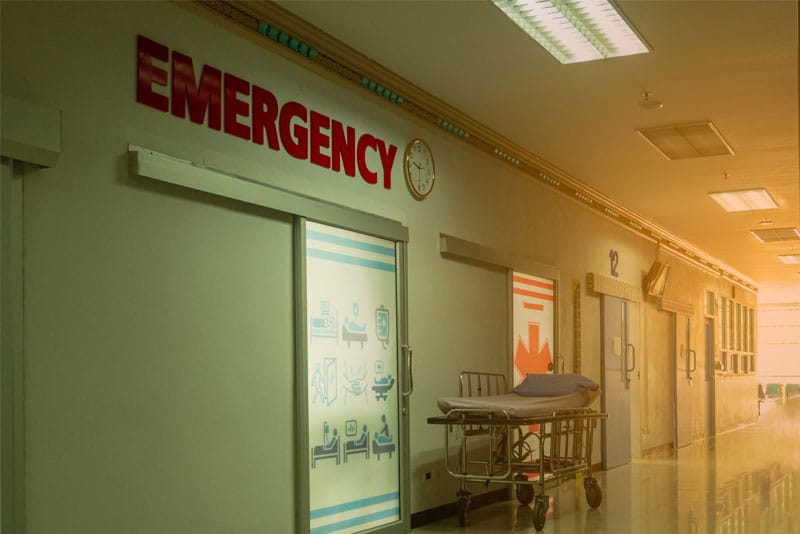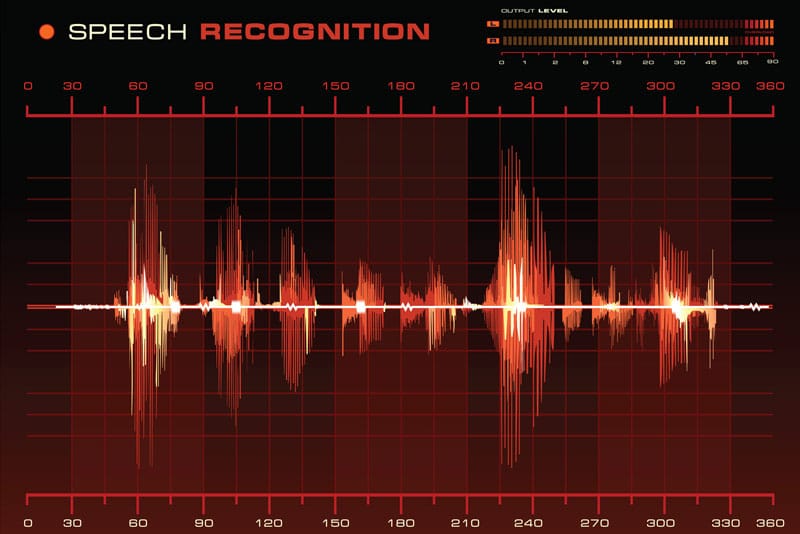 Emergency room scenarios are unpredictable, making things quite challenging for ER physicians, their staff and medical transcription service providers. This is because emergency room reports are based on variable elements and there are cases where the condition of patients keeps fluctuating and moving to various levels. Transcription needs to be handled with utmost efficiency and delivered in fast turnaround time. In fact, a pressure-resistant mindset is crucial for overcoming the challenges associated with emergency room transcription, which include the following:
Emergency room scenarios are unpredictable, making things quite challenging for ER physicians, their staff and medical transcription service providers. This is because emergency room reports are based on variable elements and there are cases where the condition of patients keeps fluctuating and moving to various levels. Transcription needs to be handled with utmost efficiency and delivered in fast turnaround time. In fact, a pressure-resistant mindset is crucial for overcoming the challenges associated with emergency room transcription, which include the following:
- There are chances that the ER doctor speaks with a strong or unfamiliar accent. This means that transcription would take longer than what is needed in a normal case. This would also happen if the physician speaks too fast or vaguely.
- Only a clear recording can be transcribed within the stipulated time period. In ERs, background noises may affect the quality of the recording. If the physician is not using a microphone, it would result in a poor recording.
- The specialization of ER doctors is not within a specific medical area but extends to trauma care, life-threatening conditions, advanced cardiac life support, and much more. Depending on the fluctuations of the patient’s condition, the treatment provided can vary. The transcriptionist has to be well-versed in the technical terms related to all these areas to provide accurate clinical documentation for quick decision making.
Complex dictations with considerable background noise, an inaudible speaker, unfamiliar terms, and strong accents will take about 15 minutes to transcribe. Outsourcing the task to a professional medical transcription company would be the right decision. This would ensure accurate documentation in the required turnaround time, ensuring smoother workflow, improved decision making, and quality patient care.


